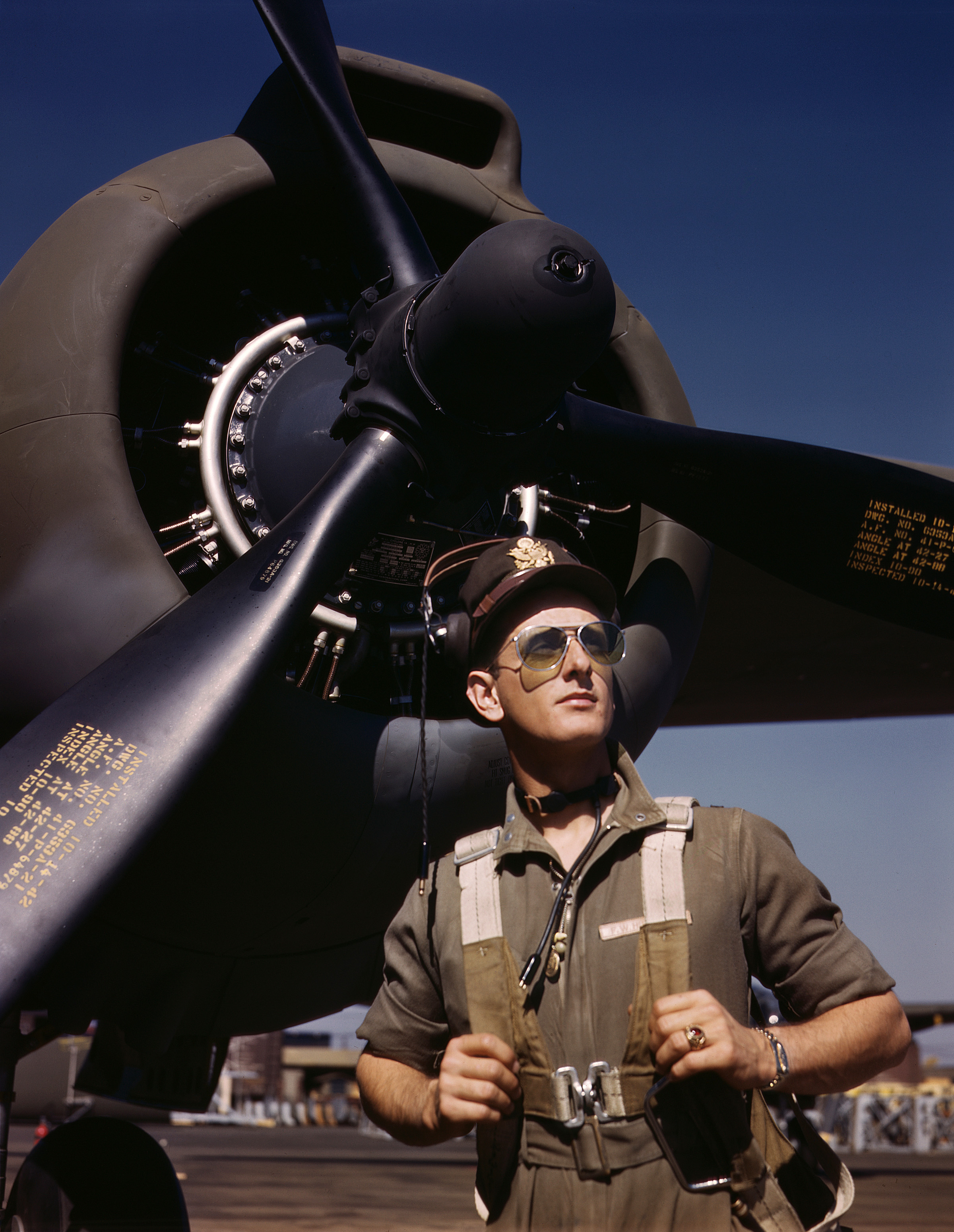Be The Boss: I Want To Be A Pilot
If you love travelling, or the sensation of freedom that comes with being up in the blue sky, or fiddling with knobs and dials, a career as a pilot may be for you.
Pilots are trained to operate aircraft, including airplanes and helicopters, in order to transport passengers and goods between locations. Flying aircraft includes takeoff and landing, staying in touch with the control tower on departure, and requesting permission to land on approach to destinations.
A commercial airline pilot is usually assisted by a Co-pilot, but in smaller aircraft, the Pilot must navigate in addition to monitoring engines, fuel, and aircraft systems throughout the flight.
Pilots also file flight plans, perform maintenance checks and ensure the craft is ready for departure.
To become a Pilot you need a licence, which requires many hours of practical and theoretical training. Specific training requirements vary depending on the type of licence you want.
Complete high school. While a high school certificate isn’t always a formal requirement, secondary education will teach you math and English skills that are important for Pilot roles.
Choose the licence type you want to pursue and a flight school that aligns with your goals. Two common licence types are Private Pilot Licences (PPL) and Commercial Pilot Licences (CPL).
Hold a current medical certificate. There are different types of medical certificates required depending on the licence you’re pursuing.
Complete the training required for your chosen licence type. A PPL usually involves 55–60 hours of flight training over 2–12 months. A CPL usually requires at least 150 hours of flight training over 12 months.
Pass an exam and flight test to earn your licence and fly solo.
While most people think of pilots flying passengers around the world
on commercial airlines, there are many more diverse career paths in
aviation. Some of these are:
- › instructing people to become pilots or learn new skills
- › charter flying to carry people for business or tourism
- › agricultural flying
- › aerial photography and survey work
- › helicopter mustering
- › military flying in some of the world’s most expensive and advanced aircraft.
Aviation is also critical in medical evacuations, firefighting and other emergency operations to help save people’s lives, livelihoods, and homes.
Professional pilots must be able to physically control an aircraft, as well as make accurate decisions in complex, time-critical situations.
You will need to be in good health, have good eyesight and hearing, and typically have an education in English to become a commercial pilot. Most people who succeed in aviation have above-average initiative, self-discipline, common sense, patience and perseverance.
This guide will help you decide if flying is a good career for you. You should also do as much research as possible. Contact or visit flight training organisations and talk to people in the industry.
The amount of training required can seem daunting at first, but with drive and dedication, you can turn your love of flying into a highly satisfying career.
Download (PDF) PILOT CAREER GUIDE 2021 by CASA (Civil Aviation Safety Authority - Australian Government).
The Civil Aviation Safety Authority (CASA) does not require you to have any formal educational qualifications to train for an Australian pilot licence.
You can pass CASA’s private pilot licence examination with a standard education and ability to speak, read, write and understand the English language.
For commercial or higher licence levels, a good background in maths and physics is useful, but not essential. If you don’t have this background, you could consider theory training with a reputable theory training centre or theory provider.
It is also a good idea to contact employers in your area of aviation interest to check their requirements. Many airlines generally require passes at high school certificate level in physics and maths, although this may vary between companies. Some may suggest you investigate aviation diplomas or degrees offered by some universities.
Information courtesy Australian Government Apprenticeships Guide (Your Career), Australian Open Colleges, Australian Careers HQ and The Good Universities Guide, Australia.

U.S. Army Air Forces test pilot Lt. F.W. "Mike" Hunter wearing a flight suit in October 1942. Photo by Alfred T. Palmer